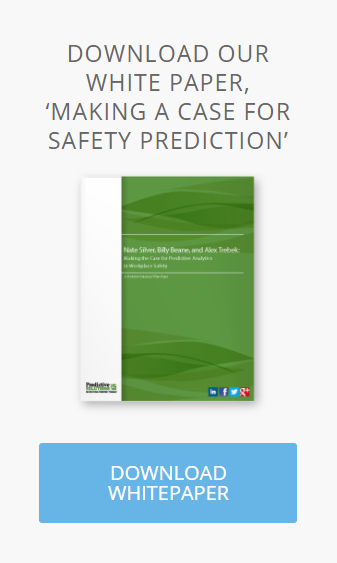BBS (Behavior Based Safety) is a process which focuses on employee behavior during work tasks or in reaction to nearby environmental events. These can include poor lighting, other equipment failures, process breakdowns, or other work conditions.
 There are four aspects to a BBS implementation process:
There are four aspects to a BBS implementation process:
- Settle on and relate the purpose of the process (why the study is being undergone)
- Train participants how to conduct their observations (how to do the study correctly)
- Teach and show participants how to provide feedback (how to get meaningful feedback and observations from the participants); and
- Define what will be measured and how frequently (how to collect measurements, why we are measuring something, and the frequency of those measurements to create a uniform data set to compare to the base line).
1. Defining and communicating the purpose of the study
Preliminary definitions and communications are essential to getting buy-in from the participants. Understanding the purpose of the process means participants will have an incentive to be a part of it.
Communications include making sure the participants understand this is not a “blame the worker” exercise. The object is less to find fault and more to recognize safer behaviors. In addition, supervisors and even managers are included in the study. These communications are to get across the idea of relevancy, that it is not just another study or a waste of everyone’s time.
2. Training participants how to conduct their observations
The study needs to have well-defined behaviors to observe so that everyone is on the same page. Hence the behaviors need to be in writing and understood well by all parties. Just watching someone work is not helpful; watching how they reach an item on a high shelf when there is no step ladder in the room, is.
A good source for behaviors to observe is incident reports and near-miss data.
3. Teach and show participants how to provide feedback
BBS emphasizes positive and informative communications. Instead of telling employees they are doing X wrong, the process requires they be asked why they are doing the task that way. And then they would be educated as to the proper procedure to avoid an incident.
An example: an employee lifts a heavy item over their head. “Is there a reason you are doing it that way?” Sometimes an unsafe practice happens because of missing or insufficient equipment (in the example provided in #2, that could be a shortage of step ladders), and employees are forced to make do and attempt a work around.
The feedback should continue, “I am asking because lifting above your shoulder is known to cause shoulder problems. I wonder if we can come up with a way to eliminate the need to lift it overhead.” This feedback is positive and informative, and it also engages the employee in the quest for the solution.
4. Define what will be measured and how frequently
This also includes removing barriers to solutions (such as a lack of training or poor equipment) and addressing company culture. A safety culture means employees do not fear speaking up; nobody places blame, and everyone pulls together to try to get to a solution.
The objective of BBS is to proactively find problems and fix them, not blame or accuse or tell the employees they are wrong.






